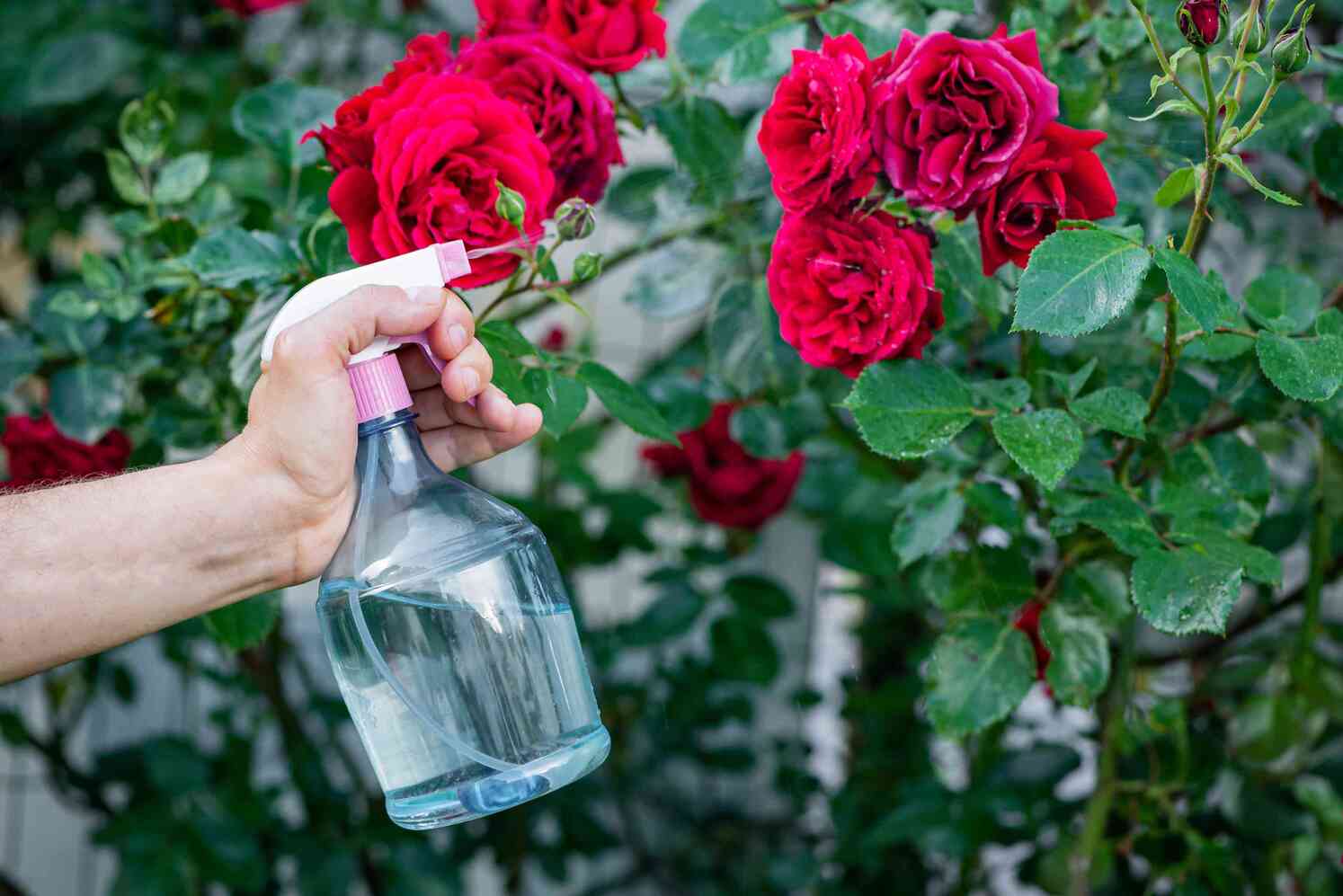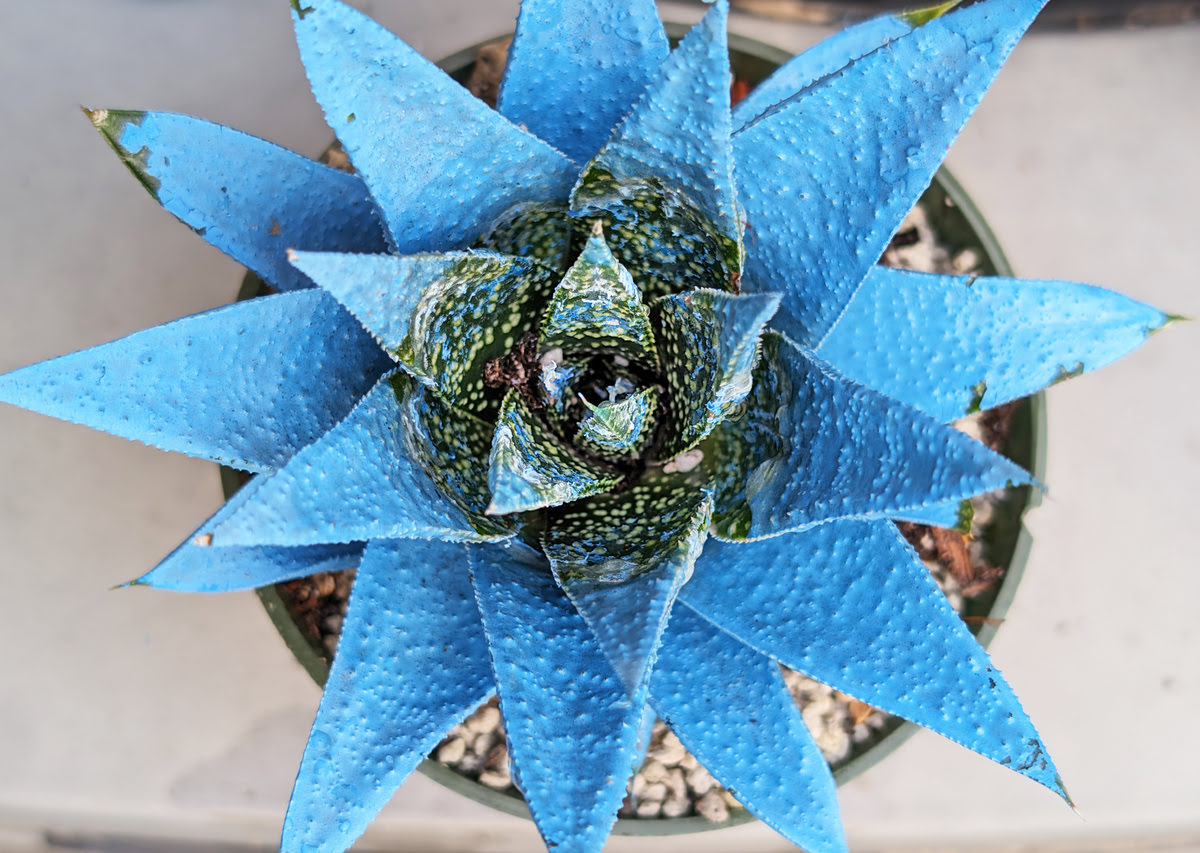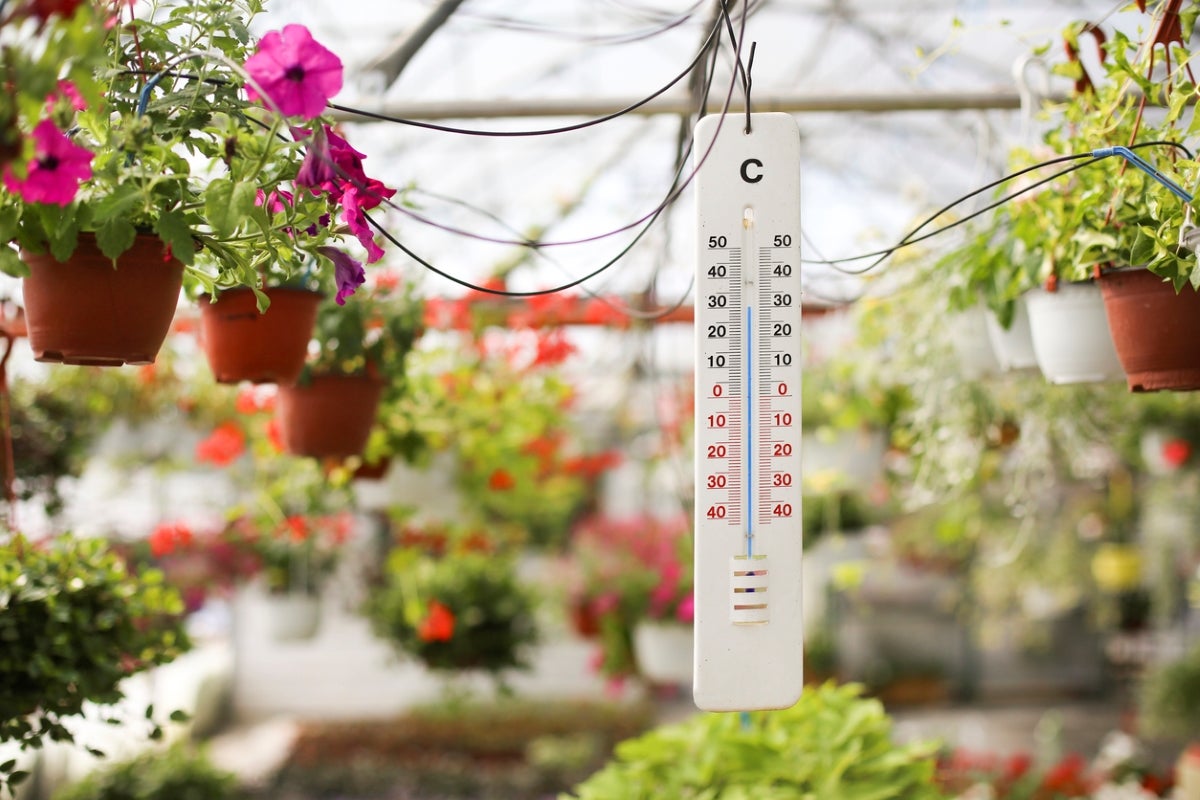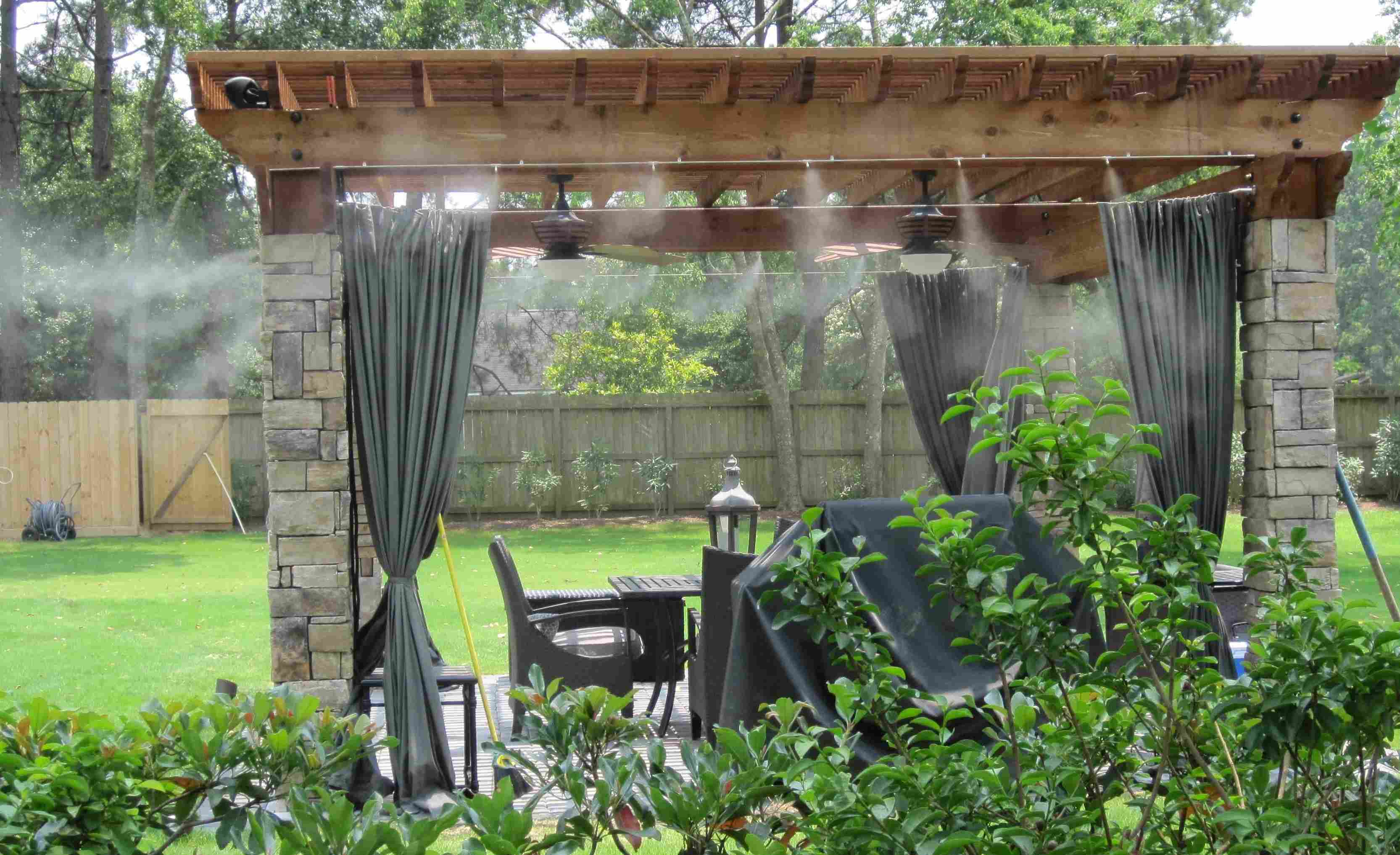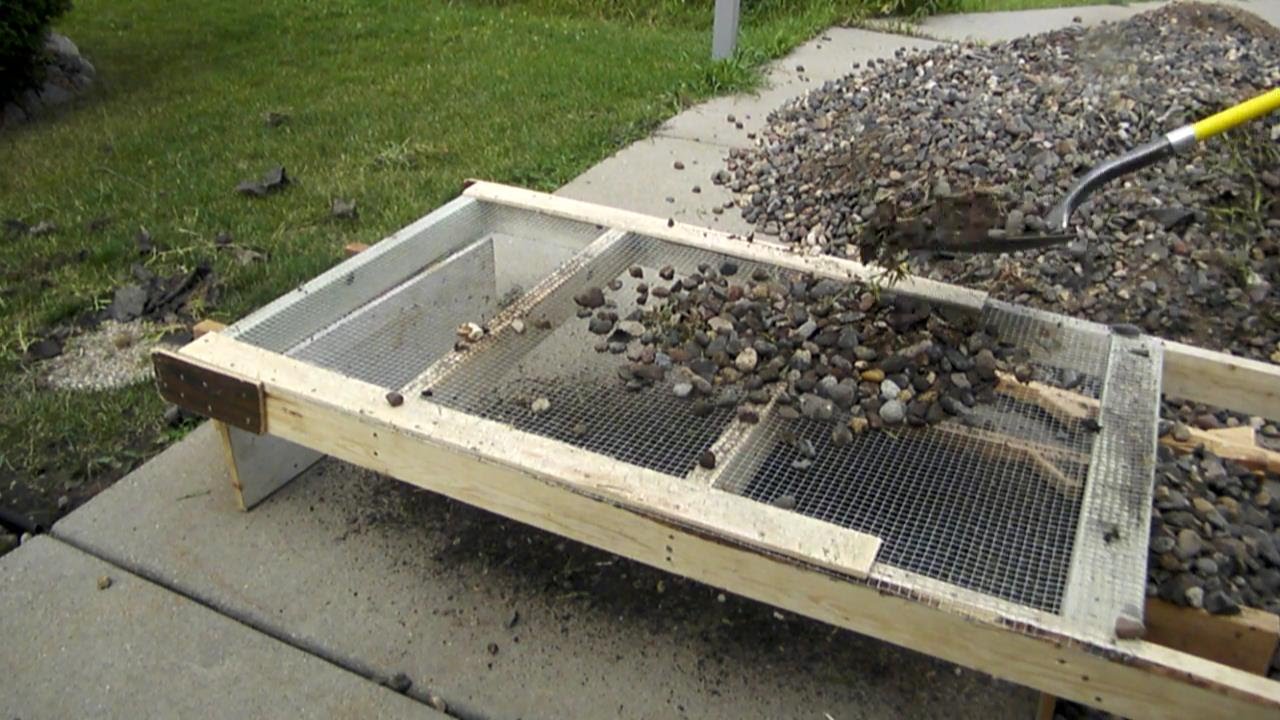Home>Gardening Techniques>DIY Projects>How To Remove A Hot Tub From Backyard
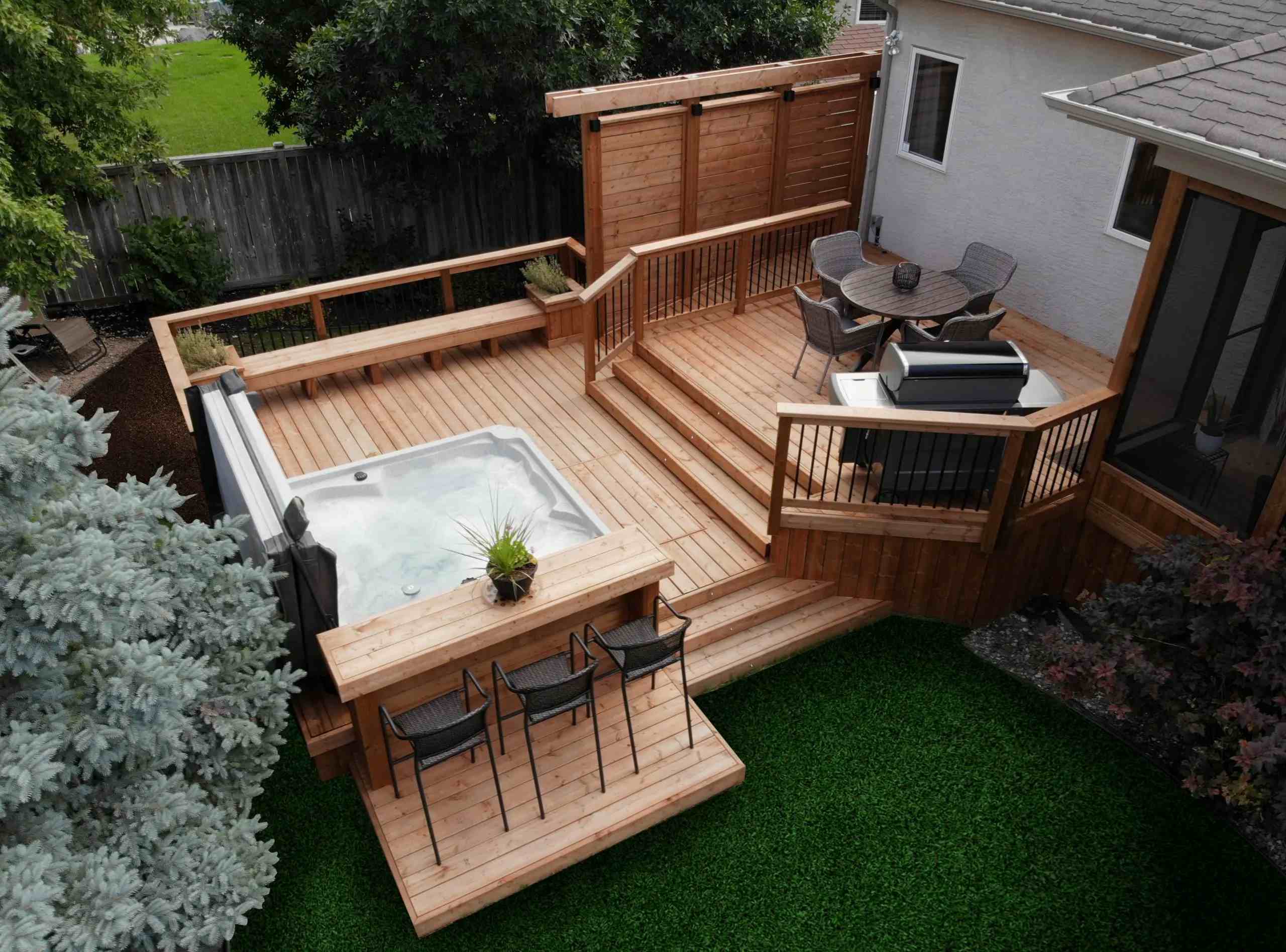

DIY Projects
How To Remove A Hot Tub From Backyard
Published: August 5, 2023
Learn how to remove a hot tub from your backyard with this easy DIY project. Save money and reclaim your outdoor space with our step-by-step guide.
(Many of the links in this article redirect to a specific reviewed product. Your purchase of these products through affiliate links helps to generate commission for Chicagolandgardening.com, at no extra cost. Learn more)
Table of Contents
- Introduction
- Step 1: Gather Necessary Tools and Equipment
- Step 2: Drain the Hot Tub
- Step 3: Disconnect Plumbing and Electrical Connections
- Step 4: Remove Surrounding Decking or Structures
- Step 5: Disassemble the Hot Tub
- Step 6: Organize and Dispose of Hot Tub Parts
- Step 7: Clean Up the Area
- Step 8: Prepare for Reinstallation or Replacement
- Conclusion
Introduction
Having a hot tub in your backyard can be a relaxing and enjoyable addition to your outdoor space. However, there may come a time when you need to remove the hot tub, whether it’s because you’re moving, upgrading to a new model, or simply no longer using it. While the process may seem overwhelming at first, with the right tools and guidance, you can easily remove a hot tub from your backyard.
This comprehensive guide will walk you through the step-by-step process of removing a hot tub. From gathering the necessary tools and equipment to safely disconnecting plumbing and electrical connections, we’ll cover everything you need to know. You’ll also learn how to disassemble the hot tub, organize and dispose of its parts, clean up the area, and prepare for reinstallation or replacement. By following these steps, you can ensure a smooth and efficient removal process.
Before we begin, it’s important to note that removing a hot tub is a physical task that may require assistance. If you have any doubts about your ability to safely remove the hot tub, it’s always best to consult with a professional. Additionally, be sure to check with your local authorities or homeowners’ association for any specific regulations or guidelines regarding the removal of a hot tub.
Step 1: Gather Necessary Tools and Equipment
Before you begin the process of removing a hot tub from your backyard, it’s important to gather all the necessary tools and equipment. Having these items on hand will make the process much smoother and more efficient. Here are the essential tools and equipment you’ll need:
- Utility knife or reciprocating saw: This will be used to cut through any caulking or sealant around the hot tub.
- Wrenches and screwdrivers: You’ll need these to disconnect plumbing connections, such as pipes and valves, as well as electrical connections.
- Drill: A drill will come in handy for removing screws or bolts that hold the hot tub in place.
- Pliers: These will be useful for gripping and turning tight connections.
- Protective gloves: It’s crucial to protect your hands while working on the hot tub. Wear thick gloves to prevent any injuries.
- Safety goggles: To protect your eyes from any debris or flying particles, wear safety goggles throughout the removal process.
- Heavy-duty straps or a dolly: Depending on the size and weight of your hot tub, you may need straps or a dolly to help transport it.
- T
Step 2: Drain the Hot Tub
Before you can begin disconnecting the plumbing and electrical connections, you’ll need to drain the hot tub of water. Here’s how you can do it:
- Locate the drain valve: Most hot tubs have a drain valve located at the bottom. It may be a spigot or a twist valve.
- Attach a garden hose: Connect a garden hose to the drain valve. Make sure it’s securely attached to avoid any leaks.
- Direct the hose to a suitable drainage area: Choose a location where the water can safely drain, such as a nearby drain or an area that can handle large volumes of water.
- Open the drain valve: Slowly open the drain valve to allow the water to start flowing through the hose. Be careful not to open it too quickly, as it can create a surge of water.
- Monitor the draining process: Keep an eye on the water level and ensure that the hose is securely attached and properly positioned. Depending on the size of your hot tub, it may take several hours for all the water to drain completely.
- Empty the remaining water: Once the majority of the water has drained, you may need to tilt or rock the hot tub slightly to empty any remaining water.
Once the hot tub is fully drained, you can move on to the next step of disconnecting the plumbing and electrical connections. It’s important to ensure that the hot tub is completely free of water before moving it to avoid any damage or accidents.
Step 3: Disconnect Plumbing and Electrical Connections
After draining the hot tub, the next step is to disconnect the plumbing and electrical connections. Follow these steps to safely disconnect these connections:
- Turn off the power supply: Before working with any electrical connections, make sure to turn off the power supply to the hot tub. This will help prevent any accidents.
- Locate the main electrical box: The main electrical box is usually located near the hot tub or inside your home. Open the box and switch off the circuit breaker that controls the hot tub.
- Disconnect the power cord: Once the power supply is turned off, unplug the power cord from the electrical outlet. If the cord is directly wired into the electrical box, you may need to enlist the help of an electrician to safely disconnect it.
- Release pressure from the plumbing system: To avoid any leaks or damage, you’ll need to release the pressure from the plumbing system. Locate the waterline valves connected to the hot tub and turn them off. Use a wrench or pliers if necessary.
- Disconnect the plumbing connections: Use wrenches or screwdrivers to disconnect the plumbing connections, such as pipes, valves, and fittings. Take note of the exact connections for easier reinstallation if needed.
- Cap or plug the plumbing lines: To prevent any water or debris from entering the plumbing lines, cap or plug the open ends of the pipes. This will keep them secure during the removal process.
By following these steps, you can safely disconnect the plumbing and electrical connections of the hot tub. It’s important to exercise caution when working with electrical components and to double-check that the power supply is completely turned off. This will minimize the risk of accidents and ensure a smooth removal process.
Step 4: Remove Surrounding Decking or Structures
If your hot tub is surrounded by decking or other structures, you’ll need to remove them to create enough space for the removal process. Follow these steps to remove the surrounding decking or structures:
- Clear the area: Begin by removing any furniture, plants, or other objects near the hot tub. This will create a clear space for you to work in.
- Inspect the deck or structures: Carefully examine the decking or structures to identify any screws, bolts, or nails that need to be removed.
- Use appropriate tools: Depending on the type of fasteners used, you may need a drill, wrench, screwdriver, or pry bar to remove them.
- Start from the outside: Work from the outer edges of the decking or structures towards the hot tub. This will help maintain the stability of the remaining structure.
- Remove fasteners: Begin removing the screws, bolts, or nails one by one. Keep them organized in a container or bag for easy retrieval.
- Disassemble the decking or structures: Once all the fasteners are removed, carefully dismantle the decking or structures piece by piece. Take your time to ensure you don’t damage any components or nearby structures.
- Clear the area: As you remove the decking or structures, clear away any debris or materials to create a clean workspace for the hot tub removal.
Removing the surrounding decking or structures can be a time-consuming process, but it’s essential to create enough space for the hot tub removal. Take proper precautions to protect yourself and ensure the stability of the surrounding area. If you’re unsure about removing certain structures, it’s always advisable to consult a professional for assistance.
Step 5: Disassemble the Hot Tub
With the surrounding decking or structures removed, it’s time to disassemble the hot tub itself. Disassembling the hot tub will make it easier to move and dispose of. Follow these steps to disassemble the hot tub:
- Remove the outer panels: Begin by removing the outer panels of the hot tub. These panels are usually secured with screws or clips. Use a screwdriver or appropriate tool to unscrew or unclip the panels.
- Detach the access panel: Locate the access panel that provides access to the internal components of the hot tub. Carefully remove the screws or clips securing the access panel and set it aside.
- Disconnect internal components: Identify and disconnect the internal components of the hot tub, such as the heater, pump, and control panel. Follow the manufacturer’s instructions or consult the hot tub’s manual for guidance on how to safely disconnect these components.
- Remove the shell: Once the internal components are disconnected, you can begin removing the shell of the hot tub. Enlist the help of others as the shell can be heavy. Lift and carefully maneuver the shell out of the surrounding area, ensuring you don’t damage any structures or surfaces.
- Disassemble remaining parts: Depending on the design of your hot tub, there may be additional parts that need to be disassembled, such as jets, filters, or plumbing lines. Follow the manufacturer’s instructions or consult the hot tub’s manual for guidance on how to disassemble these components.
Disassembling the hot tub requires careful attention to detail and may vary depending on the specific make and model. It’s important to refer to the manufacturer’s instructions or consult the hot tub’s manual to ensure proper disassembly. If you’re uncertain about any step of the process, consider seeking professional assistance to avoid any damage or injuries.
Step 6: Organize and Dispose of Hot Tub Parts
After disassembling the hot tub, it’s important to properly organize and dispose of the various parts. Here are some steps to help you in this process:
- Sort and categorize the parts: Separate the different components of the hot tub into categories, such as outer panels, internal components, shell, jets, filters, and plumbing lines. This will make it easier to handle and dispose of each part.
- Inspect for recyclable materials: Check if any of the parts can be recycled. Plastic components, metal pipes, and certain electrical components may be recyclable. Contact your local recycling center to find out their specific recycling requirements for hot tub parts.
- Dispose of non-recyclable parts: For parts that cannot be recycled, such as damaged or deteriorated panels, check with your local waste management facility for the appropriate disposal method. They may have specific guidelines for disposing of larger items like hot tub shells.
- Consider donation or resale: If any of the hot tub components are in good condition, consider donating them to a local charity or selling them online. This can be a sustainable way to repurpose the parts and benefit others who may be in need of hot tub components.
- Arrange for pickup or delivery: If you’re unable to transport the hot tub parts yourself, contact a waste removal or recycling company to arrange for pickup or delivery. They can safely transport and dispose of the parts according to local regulations and guidelines.
- Clean up the area: After all the parts have been appropriately organized and disposed of, take the time to clean up the area. Remove any debris or leftover materials from the hot tub removal process to leave your backyard tidy and ready for the next project.
By following these steps, you can ensure that the hot tub parts are properly organized and disposed of in an environmentally responsible manner. Remember to check local regulations and guidelines for specific rules regarding the disposal of hot tub components, as they may vary depending on your location.
Step 7: Clean Up the Area
Once the hot tub and its components have been removed and disposed of, it’s time to clean up the area. Here are some steps to help you effectively clean up the space:
- Remove any remaining debris: Inspect the area for any debris, such as screws, nails, or small parts, that may be left behind. Use a broom or shop vacuum to thoroughly clean the area.
- Clear vegetation or landscaping: If any vegetation or landscaping was affected during the hot tub removal process, trim or remove any damaged plants or structures. This will ensure a clean and tidy space.
- Repair or replace damaged surfaces: Check for any damage to surfaces, such as the patio, deck, or surrounding structures, caused by the hot tub removal. Repair or replace any damaged surfaces to restore the area’s aesthetics and functionality.
- Pressure wash the area: To thoroughly clean the space, consider using a pressure washer to remove any dirt, grime, or stains. Be cautious when using a pressure washer on delicate surfaces to avoid causing damage.
- Sweep or hose off any remaining debris: Once the area is pressure washed, use a broom or hose to sweep or rinse off any remaining debris or residue.
- Arrange furniture or décor: Finally, arrange any furniture, plants, or décor items that were temporarily moved during the hot tub removal process. Give the space a fresh look and create an inviting outdoor area.
By following these steps, you can transform the previously occupied hot tub area into a clean and organized space. Take your time to ensure that every detail is thoroughly cleaned and restored, leaving your backyard looking fresh and ready for new possibilities.
Step 8: Prepare for Reinstallation or Replacement
If you plan to reinstall or replace a hot tub in your backyard, it’s essential to properly prepare the space. Follow these steps to get ready for the reinstallation or replacement:
- Clean and level the area: Ensure that the area where the hot tub will be placed is clean and free from any debris or obstructions. Additionally, make sure the ground is level, as this will provide a stable foundation for the hot tub.
- Check plumbing and electrical connections: Verify that the plumbing and electrical connections are in good condition and meet the necessary requirements. If there are any issues, consult a professional to make the necessary repairs or upgrades.
- Plan for adequate drainage: Ensure that there is proper drainage in the area to prevent water accumulation around the hot tub. This will help maintain its longevity and prevent damage to the surrounding structures.
- Consider a new deck or surround: If you had a deck or surround built around the previous hot tub, assess its condition. You may choose to repair, replace, or upgrade it to enhance the aesthetics and functionality of the space.
- Choose the right hot tub: If you’re replacing the hot tub, take the time to research and choose the right model for your needs. Consider factors such as size, features, energy efficiency, and maintenance requirements.
- Ensure proper installation: Whether you’re reinstalling the same hot tub or installing a new one, it’s crucial to follow the manufacturer’s instructions and guidelines for proper installation. If needed, enlist the help of professionals to ensure a safe and seamless installation process.
- Add safety measures: Implement safety measures around the hot tub area, such as handrails, nonslip surfaces, or a safety cover, to ensure the well-being of users and prevent accidents.
- Maintain regular maintenance: Once the hot tub is reinstalled or replaced, establish a regular maintenance routine to keep it in optimal condition. This includes regular cleaning, water treatment, filter replacements, and inspections of electrical and plumbing components.
By following these steps, you can effectively prepare the area for the reinstallation or replacement of a hot tub. Taking the time to ensure proper preparation will not only contribute to the longevity and performance of the hot tub but also enhance the overall enjoyment of your outdoor space.
Conclusion
Removing a hot tub from your backyard may seem like a daunting task, but with the right tools, knowledge, and guidance, it can be accomplished smoothly. Whether you’re moving, upgrading, or simply no longer using your hot tub, following the step-by-step process outlined in this guide will help ensure a successful removal.
From gathering the necessary tools and equipment to drain the hot tub and disconnecting plumbing and electrical connections, each step plays a crucial role in safely removing the hot tub. Disassembling the hot tub and organizing the parts for proper disposal is also important for both environmental and safety considerations.
Once the hot tub is removed, it’s essential to clean up the area and prepare for reinstallation or replacement, if desired. Properly leveling the space, checking plumbing and electrical connections, and considering upgrades to the surrounding area will set the stage for a new hot tub or a transformed outdoor space.
Remember, if you’re unsure about any aspect of the hot tub removal process, it’s always advisable to consult with professionals who can provide expert guidance and ensure a smooth and safe removal process.
By following this comprehensive guide and taking the necessary precautions, you’ll be able to remove a hot tub from your backyard efficiently and create a clean and refreshing outdoor space for future enjoyment.

